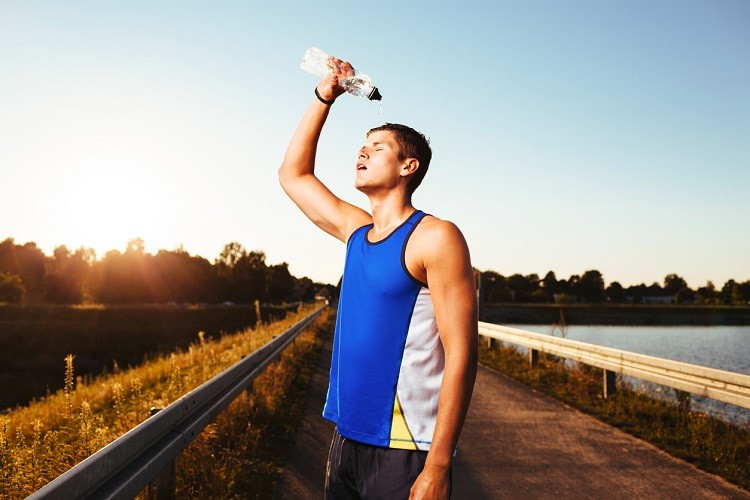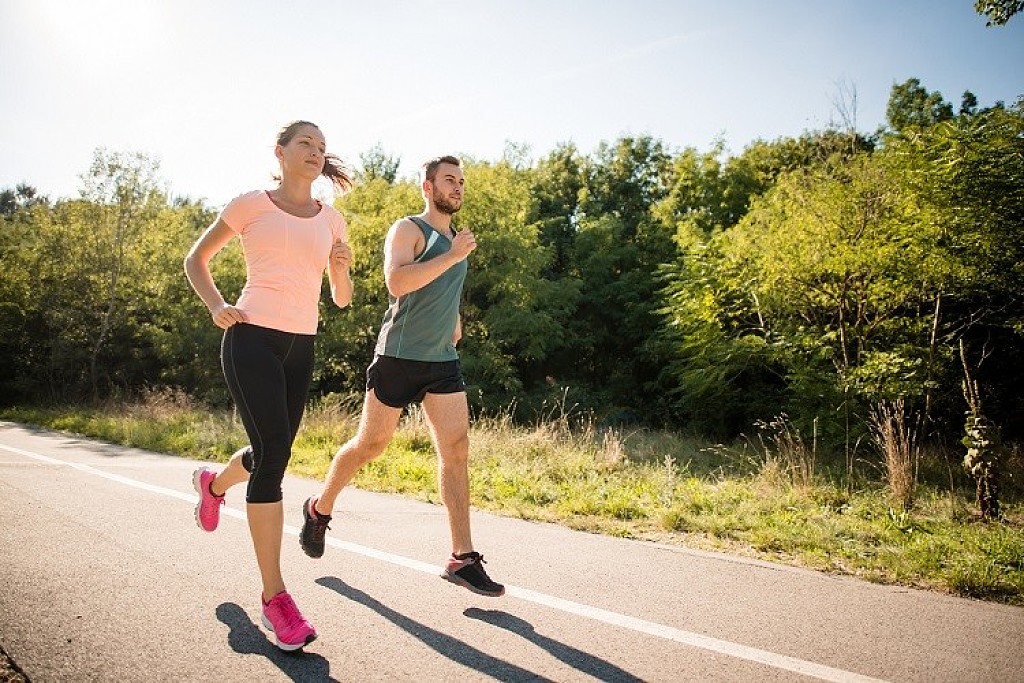Running News Daily
Running News Daily is edited by Bob Anderson. Send your news items to bob@mybestruns.com Advertising opportunities available. Train the Kenyan Way at KATA Kenya and Portugal owned and operated by Bob Anderson. Be sure to catch our movie A Long Run the movie KATA Running Camps and KATA Potato Farms - 31 now open in Kenya! https://kata.ke/
Index to Daily Posts · Sign Up For Updates · Run The World Feed
How to exercise safely in hot weather?
With global warming, runners are more likely to be training and competing in unusually hot weather. To effectively reduce the risk of exertional heat stroke (and death), runners should allow 10 to 14 days to acclimatize to exercising in hot weather. During acclimatization, your body adapts to dissipate more heat, thereby enabling you to run better in hot conditions. Most physiological adaptations occur between days 4 to 8 of heat exposure.
During the first week of being exposed to heat, you should have only one training session per day; no double workouts! Ideally, you will have access to cool fluids during exercise—more likely to be consumed—and you will frequently take small swigs of fluid throughout exercise, as opposed to gulping a large bolus of fluid all at once.

When exercising in the heat, you want to monitor your urine for color and quantity, and think WUT:
Weight: Is my morning weight lower than the day before?
Urine: Is my urine dark and concentrated?

Thirst: Am I thirsty upon awakening?
Yes answers signal you are starting the day underhydrated.
In terms of health risks, being adequately hydrated is more important than being heat-acclimatized (though being well hydrated and heat-acclimatized is ideal for maximizing thermoregulation). An adaptation to heat acclimatization is reduced sodium in sweat. Despite that adaptation, endurance runners who do extended exercise in the heat often fail to replace adequate sodium. Salty sweaters (who have gritty sodium crystals on their skin) should purposefully consume sodium-rich foods and fluids.
Some runners salt-load for a day or two before an event, but researchers advise against doing that. The kidneys do a good job of excreting excess sodium via urine. The additional urine loss can be counter-productive and hurt, not enhance, performance.
Runners should try to replace 70% to 80% of sodium and fluid lost during sweaty exercise. Knowing your sweat rate (by comparing pre- and post-exercise body weight) can reduce your risk of over- or under-hydrating. Drinking too much water is dangerous, because it dilutes the body’s sodium level and can lead to life-threatening hyponatremia (low sodium).
Of all electrolytes, sodium is the biggest concern. Endurance runners need to figure out how to replace sodium losses. Through trial and error, you can learn which salty foods taste good, settle well, and “work” for you. Pickle juice, bouillon (cubes), mustard on soft pretzels, soy sauce (on rice) and beef jerky are popular options that can be consumed both right before, during, and/or after long runs.
by Colorado Runner
Login to leave a comment




